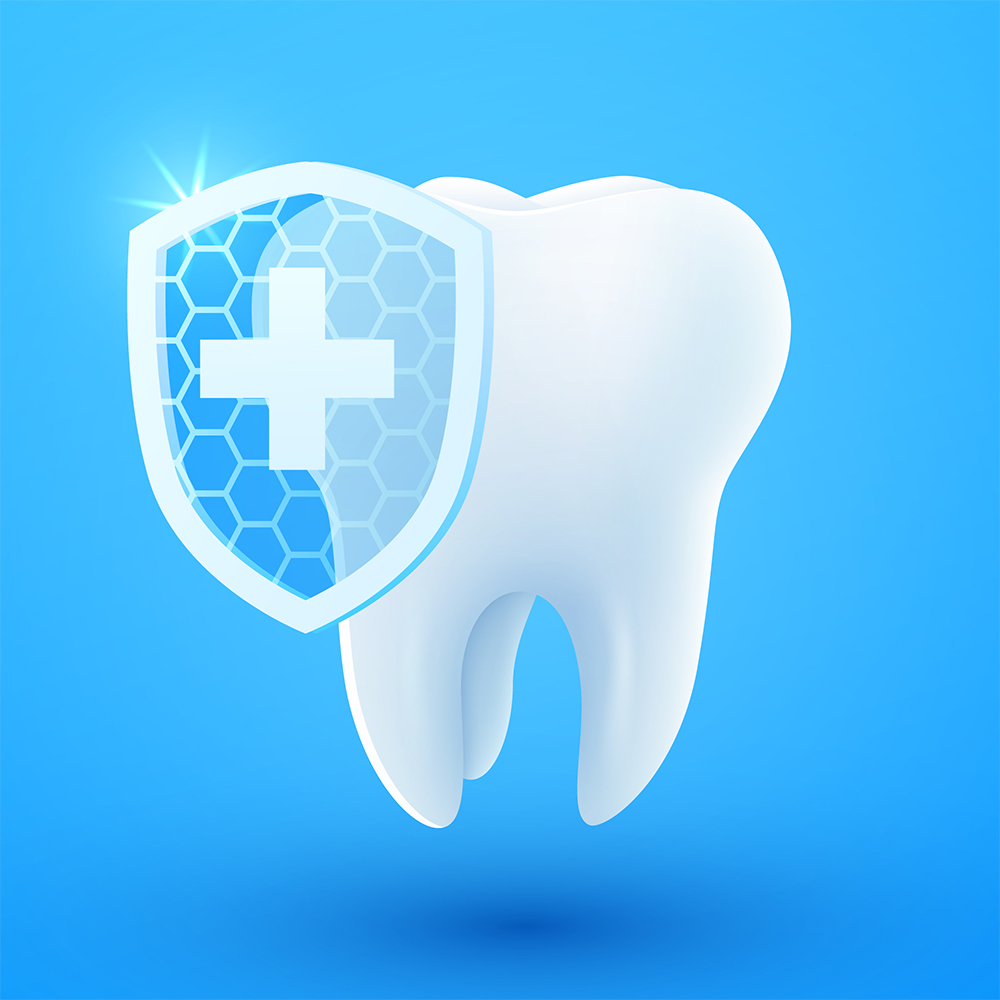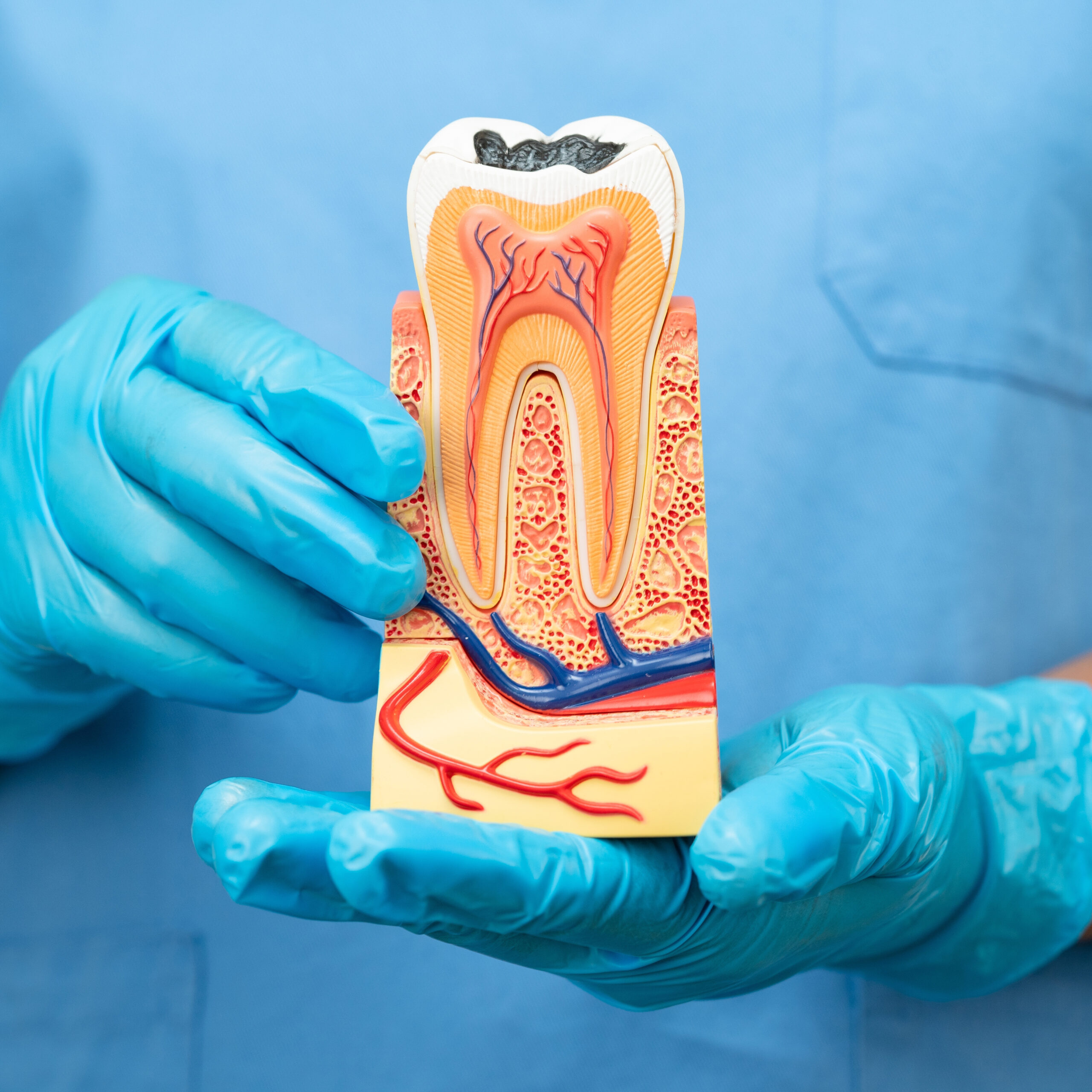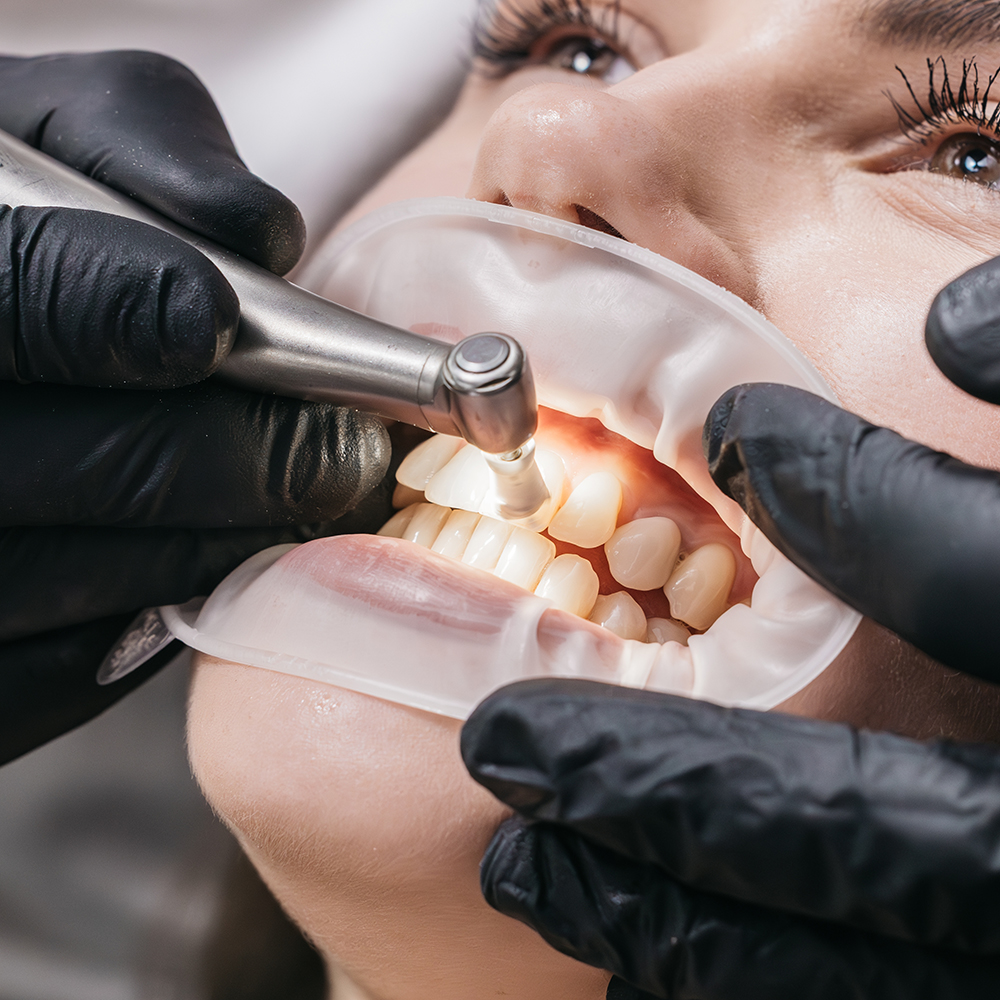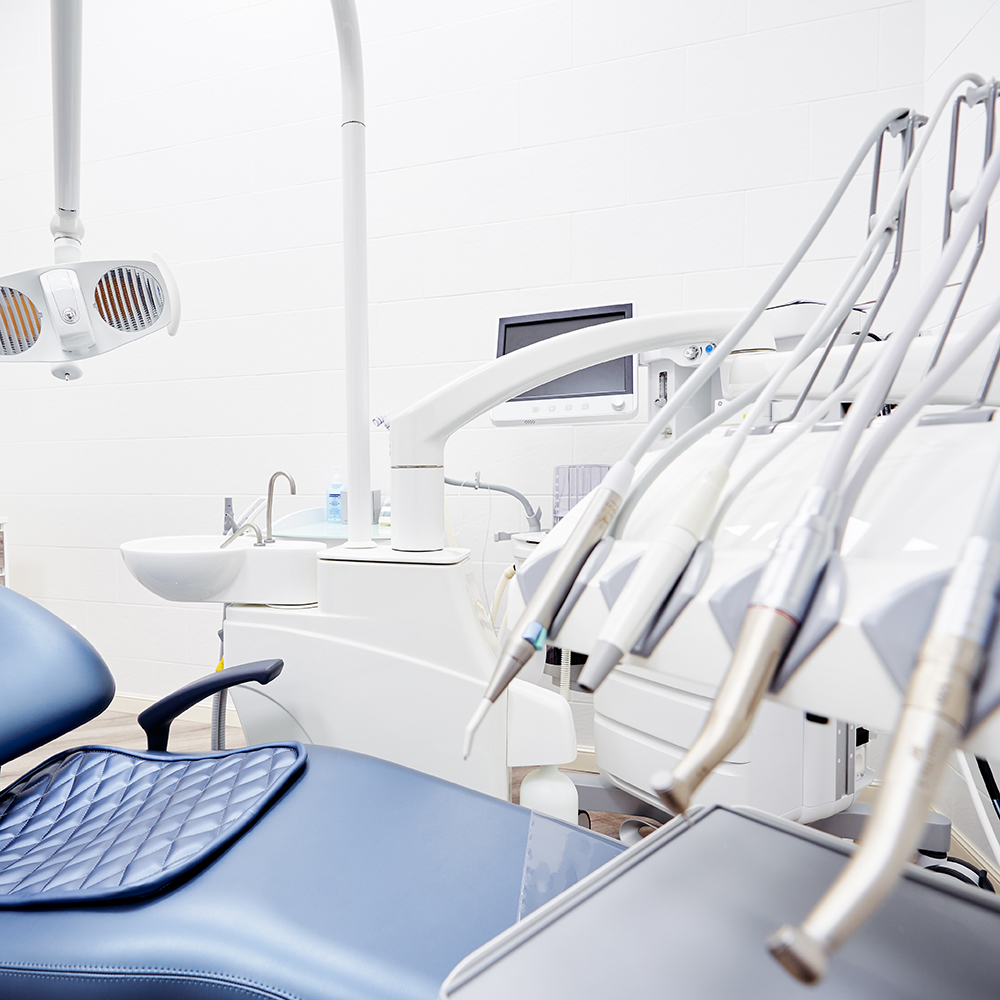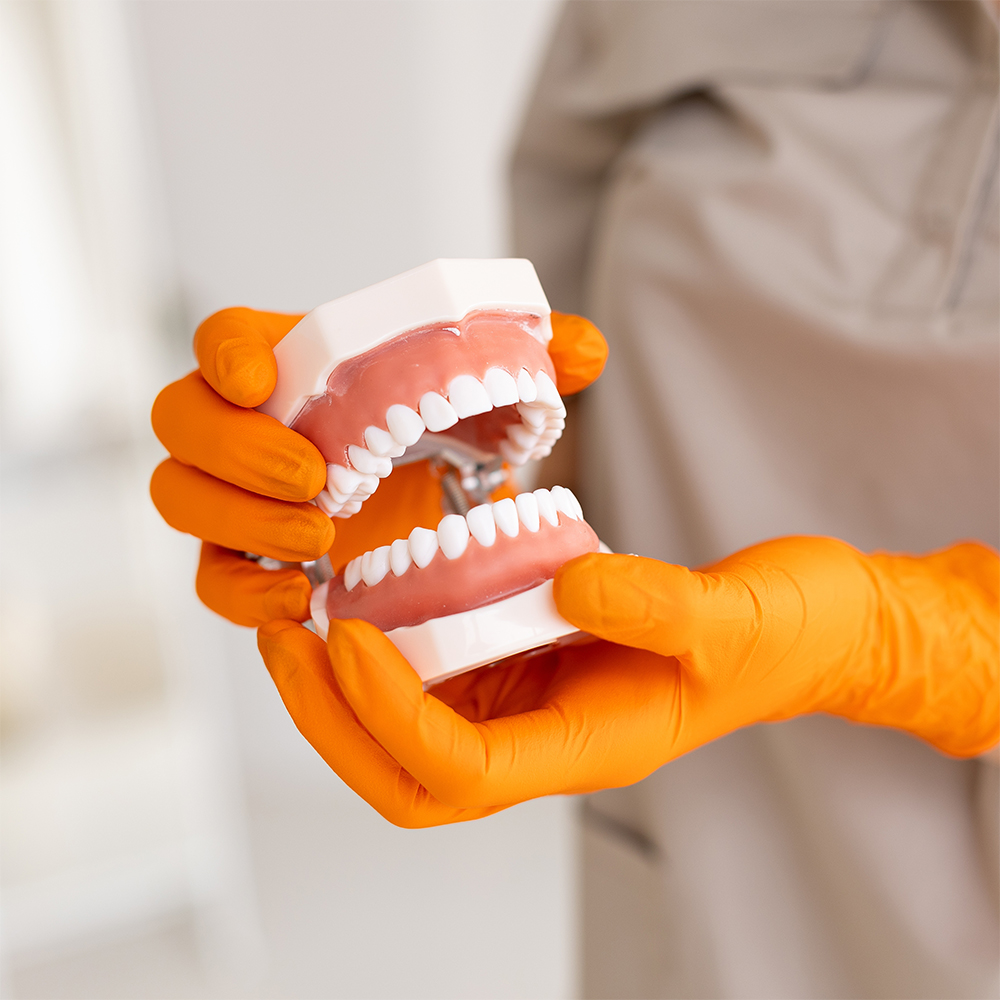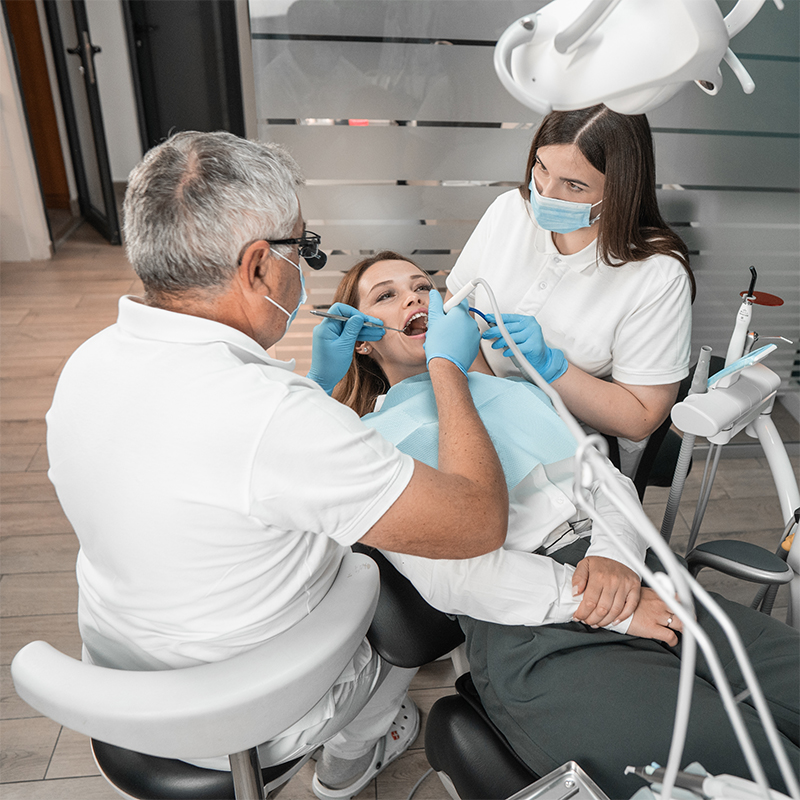Laser Dentistry in 2025: Revolutionizing Oral Care with Precision, Comfort, and Light

Laser dentistry is no longer a futuristic concept—it’s today’s gold standard in many dental practices. With the help of advanced laser technology, dentists can now perform a wide range of dental procedures with unmatched accuracy, speed, and patient comfort. Whether it’s removing decay without a dental drill, reshaping gum tissue, or performing a root canal, lasers are redefining how dental care is delivered.
This comprehensive guide explores the types of lasers used in dentistry, their applications, benefits, and what patients can expect during a laser dental treatment. Welcome to the age of painless, high-precision dental care.
What Is Laser Dentistry and Why It’s Transforming Modern Dental Practice
Laser dentistry uses laser energy to treat various soft and hard tissues in the mouth. Instead of relying on scalpels or drills, dentists apply focused laser beams that minimize bleeding, swelling, and discomfort.
The application of laser has turned once-invasive procedures into quick, clean, and often anesthesia-free sessions. In 2025, it’s not just an option—it’s becoming essential in modern dentistry and general dental practice.
History of Lasers and Laser Technology in Dentistry
The journey of lasers in dentistry began in the 1960s, with significant progress in the 1980s when soft tissue lasers found their way into clinical dentistry. By the 1990s, the Food and Drug Administration (FDA) approved various dental laser systems, paving the way for widespread adoption.
Today, the American Dental Association supports the inclusion of laser equipment in treatment protocols, and schools of dentistry are integrating laser training into their core curriculum.
Types of Dental Lasers and Their Applications
There are two primary types of dental lasers: soft tissue lasers and hard tissue lasers. Each is designed to interact with specific tissue types using different wavelengths and energy levels.
Soft Tissue Lasers
Ideal for treating gum tissue, ulcers, cold sores, and performing biopsies
Promote faster healing and stimulate collagen
Often eliminate the need for sutures or anesthesia
Useful in laser surgery, laser gum treatment, and periodontal therapy
Hard Tissue Lasers
Effectively remove tooth decay without contact
Prepare teeth for fillings without using a drill
Shape bone for crown lengthening and other surgical procedures
Preferred by patients with dental anxiety
Laser Equipment and Modern Features
Current laser systems include:
Diode Lasers – compact, great for soft tissue
Er:YAG Lasers – ideal for enamel and hard tissue
CO2 Lasers – powerful for deep cutting and surgical applications
Low-level lasers – used for TMJ therapy and tissue regeneration
Advanced models offer laser light control, real-time safety feedback, and multi-wavelength platforms suitable for a wide variety of dental procedures.
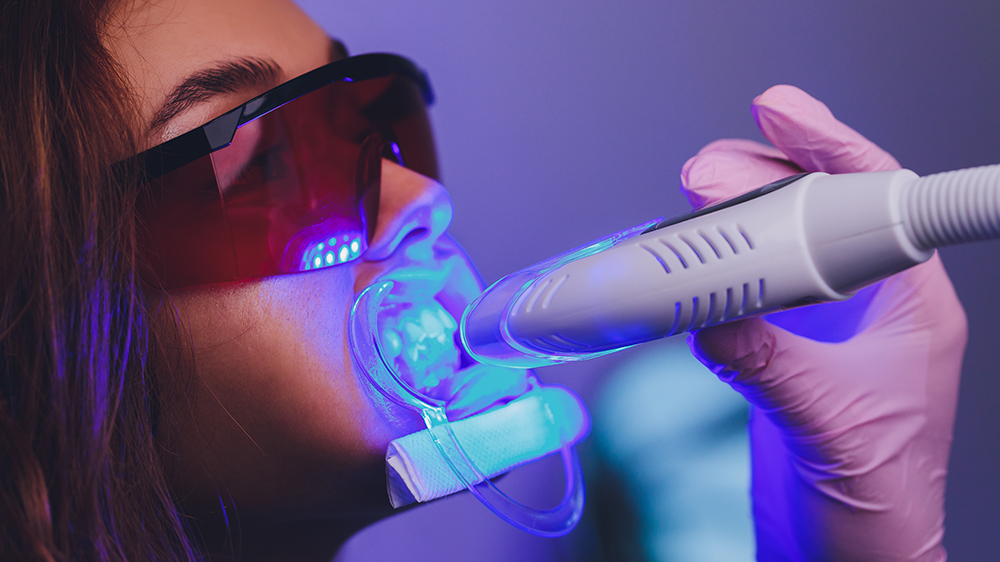
Laser Treatment Applications by Procedure Type
| Procedure | Use | Tissue Type |
|---|---|---|
| Cavity preparation | Laser removes decay | Hard |
| Gum contouring | Cosmetic and therapeutic use | Soft |
| Teeth whitening | Enhances bleaching process | Enamel |
| Root canal therapy | Sterilization and disinfection | Soft/Hard |
| Biopsies | Safe tissue removal | Soft |
| Cold sore treatment | Accelerated healing | Soft |
Pros and Cons of Laser Dentistry
✅ Benefits of Laser Dentistry
Painless or minimally invasive procedures
Reduced bleeding, swelling, and risk of infection
Precise targeting of soft and hard tissue
Quieter experience—no drill noise
Ideal for patients with bleeding disorders
Faster recovery and high patient satisfaction
❌ Cons of Laser Dentistry
High cost of laser equipment
Requires certified laser training
Not suitable for all types of deep decay
Limited use in procedures involving metal restorations
Real-World Insights from Dentists Using Lasers
“We replaced 80% of our drills with lasers—it’s life-changing for our patients.”
— Dr. Marina T., Florida
“All our teeth whitening procedures now use laser applications for faster results.”
— Dr. Omar K., London
“Using lasers cut our healing time by half and improved outcomes.”
— Dr. Levent S., Istanbul
Clinical Dental Procedures Enhanced by Lasers
The use of lasers in dentistry continues to grow in areas like:
Crown lengthening
Removal of oral lesions
Tongue-tie correction
Root canal disinfection
Papillectomy, biopsies, and soft tissue surgeries
Lasers also reduce trauma and minimize collateral damage—ideal for clinical dentistry that demands precision.
Application of Laser in Surgical, Cosmetic, and Therapeutic Dentistry
Laser use extends across multiple fields, including:
Cosmetic procedures like teeth whitening and gum contouring
Surgical excision of benign growths or fibromas
Pain management in TMJ disorders using low-level laser therapy
Upcoming innovations include AI-guided laser systems and real-time tissue analysis.
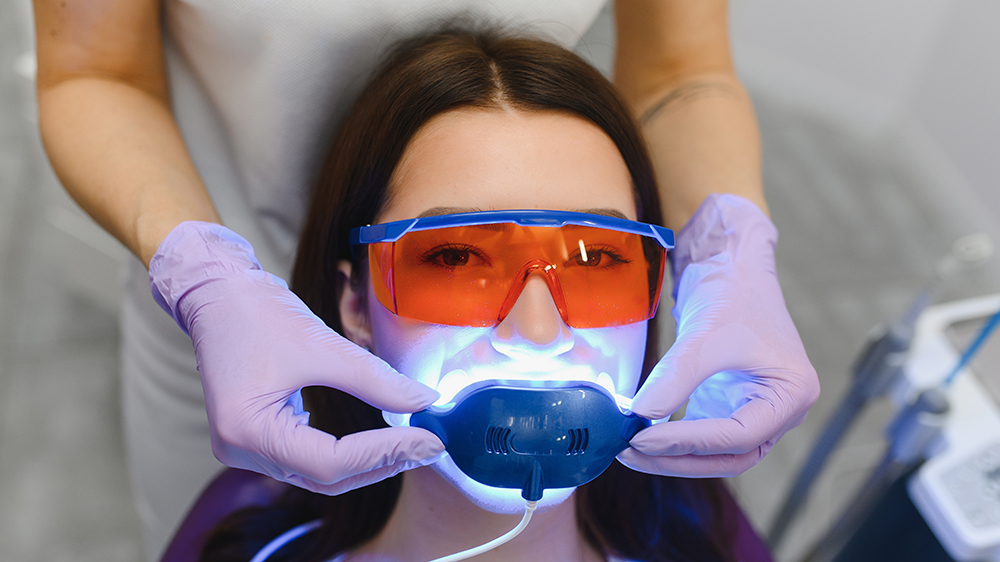
Understanding Laser Energy and Tissue Interaction
Each laser’s effectiveness depends on its wavelength and how it interacts with water, hemoglobin, or pigmentation in the tissue:
Diode lasers target melanin in soft tissues
Er:YAG lasers focus on water-rich surfaces like enamel
CO2 lasers provide deep tissue penetration with minimal spread
Correct application minimizes tissue damage and enhances precision.
Lasers in Soft Tissue: A Minimally Invasive Revolution
Soft tissue applications have advanced dramatically:
Fast recovery with no stitches
Low-level lasers boost healing via biostimulation
Ideal for patients with systemic conditions
Often allow procedures with no need for anesthesia
This makes laser applications in dentistry highly recommended for medically compromised patients.
Cost of Equipment and Return on Investment
Laser systems can cost from $5,000 to over $120,000. However, they deliver:
High ROI through elective treatments
Greater efficiency and reduced chair time
Fewer complications and repeat visits
Stronger reputation through modern, painless care
Many clinics report that offering laser dentistry helps them attract tech-savvy patients seeking better outcomes.
Learn More About Laser Dentistry
For further information, patients can:
Book a consultation with a certified laser dentist
Visit the American Dental Association or dentistry today
Explore studies on laser use and its clinical advantages
Attend webinars on effects of laser in dental settings
Conclusion: Why Laser Dentistry Is the Future of Oral Care
As we enter an era of personalized medicine, laser dentistry delivers what modern patients demand—efficiency, comfort, and precision. Whether it’s your first filling or advanced periodontal therapy, lasers offer a superior experience. Clinics embracing this technology are leading the way in modern dental care.
FAQs About Laser Dentistry
Yes, it's minimally invasive and especially suitable for sensitive patients.
Not entirely, but it replaces the dental drill in many soft and hard tissue procedures.
Most laser treatments cause little to no pain and often don’t require anesthesia.
Recovery is typically faster, with less swelling and almost no need for sutures.
Most laser treatments cause little to no pain and often don’t require anesthesia.
Some insurers do, depending on the procedure and its medical necessity.
Common ones include diode lasers, CO2 lasers, Er:YAG lasers, and low-level lasers.
Yes, they enhance bleaching efficiency and reduce treatment time.
Check the American Dental Association listings or your local school of dentistry.
Yes, most dental laser systems are approved for use by the FDA.

